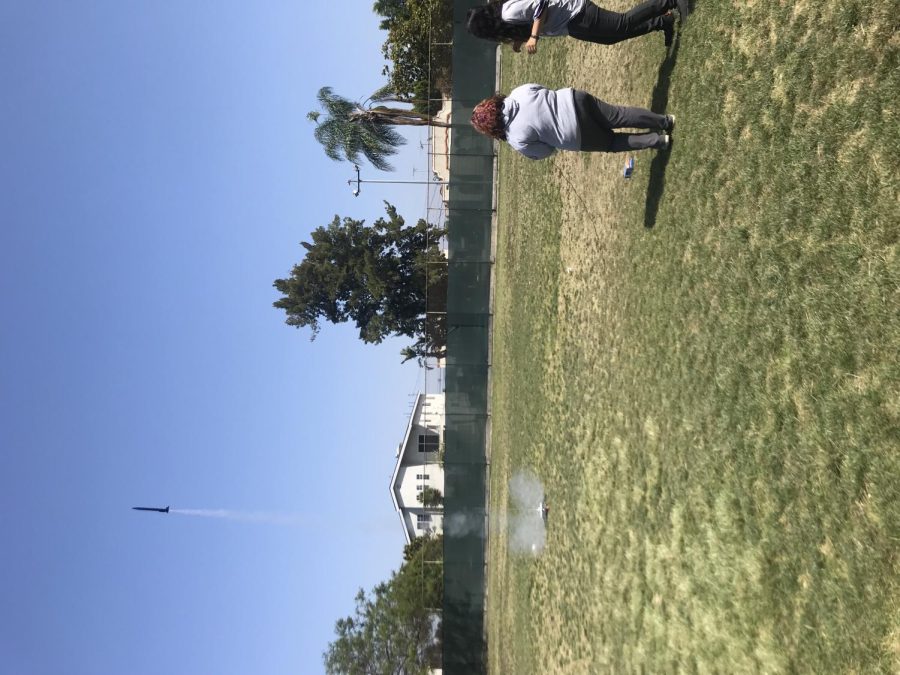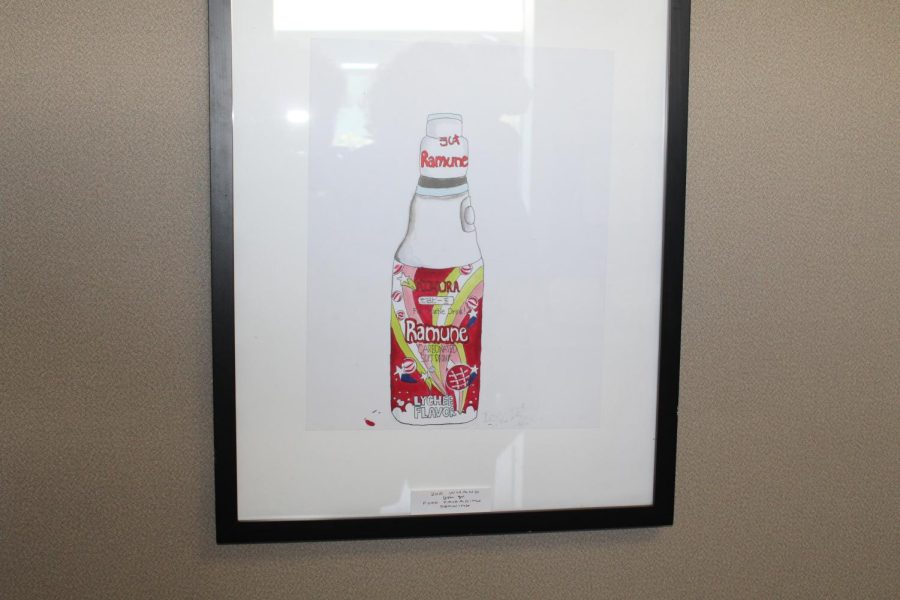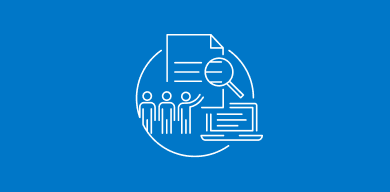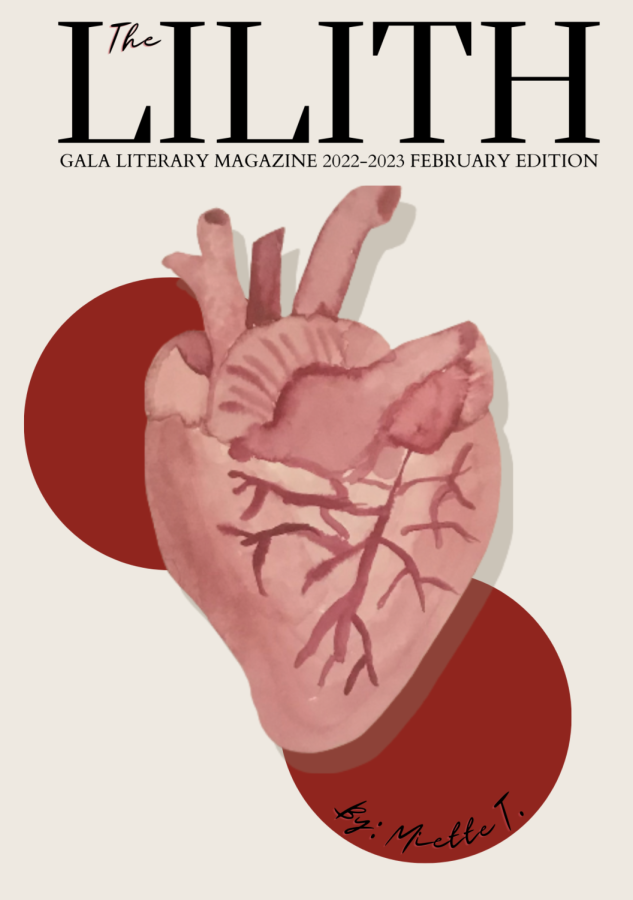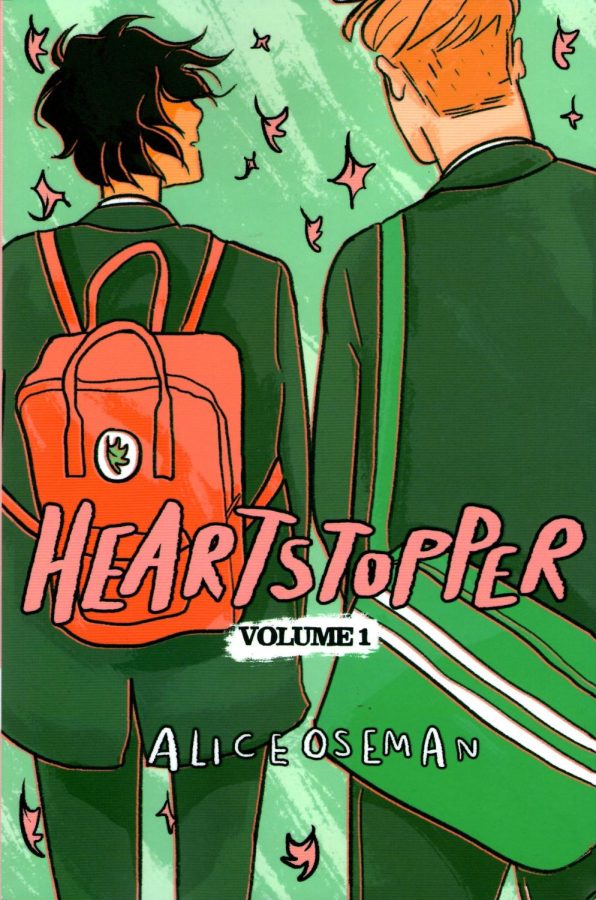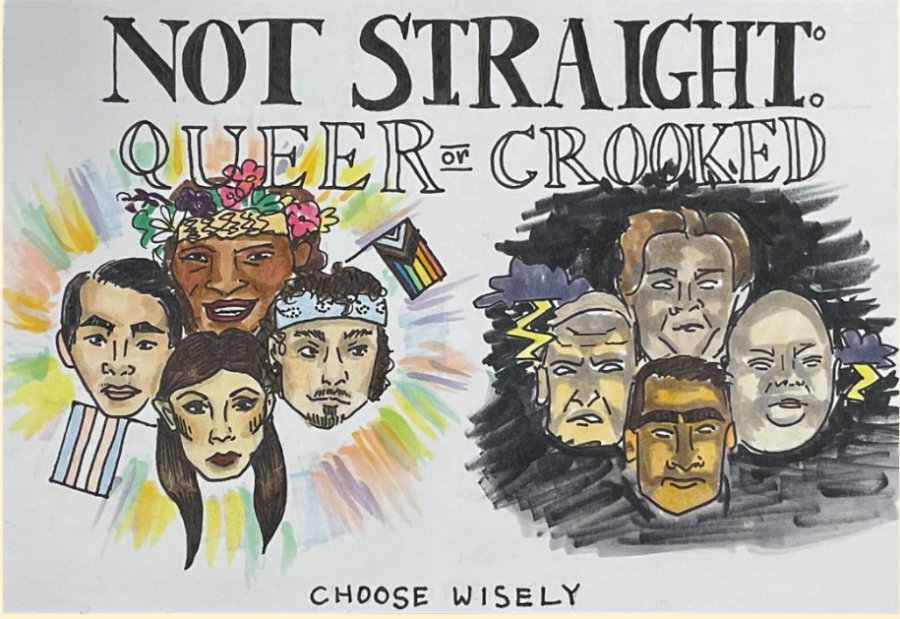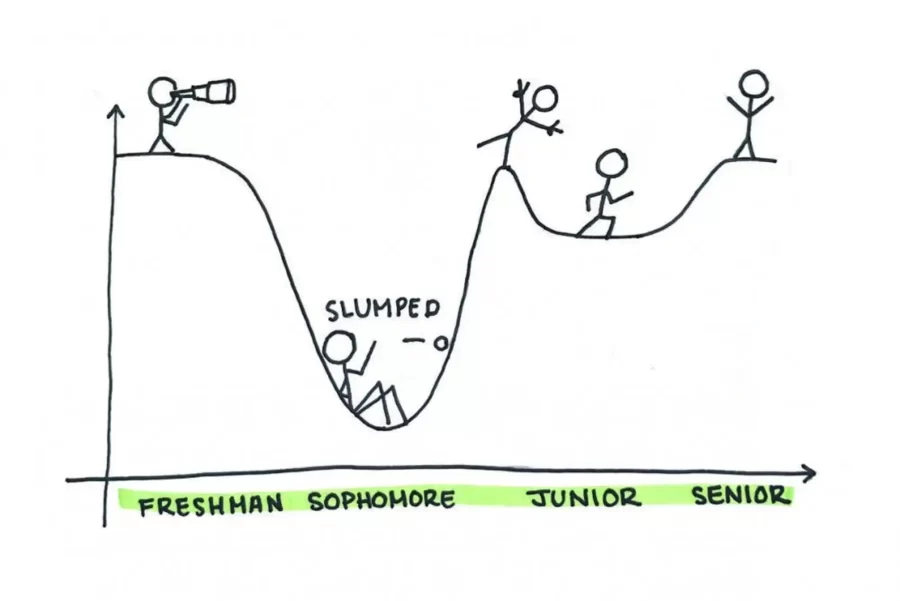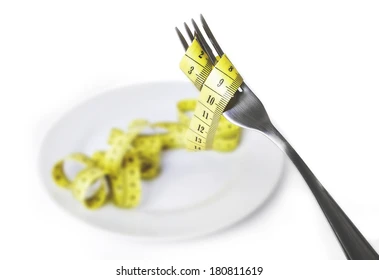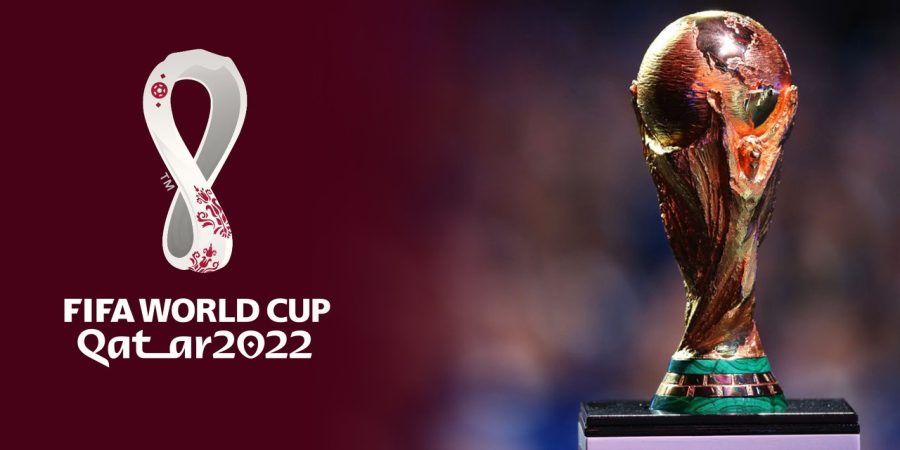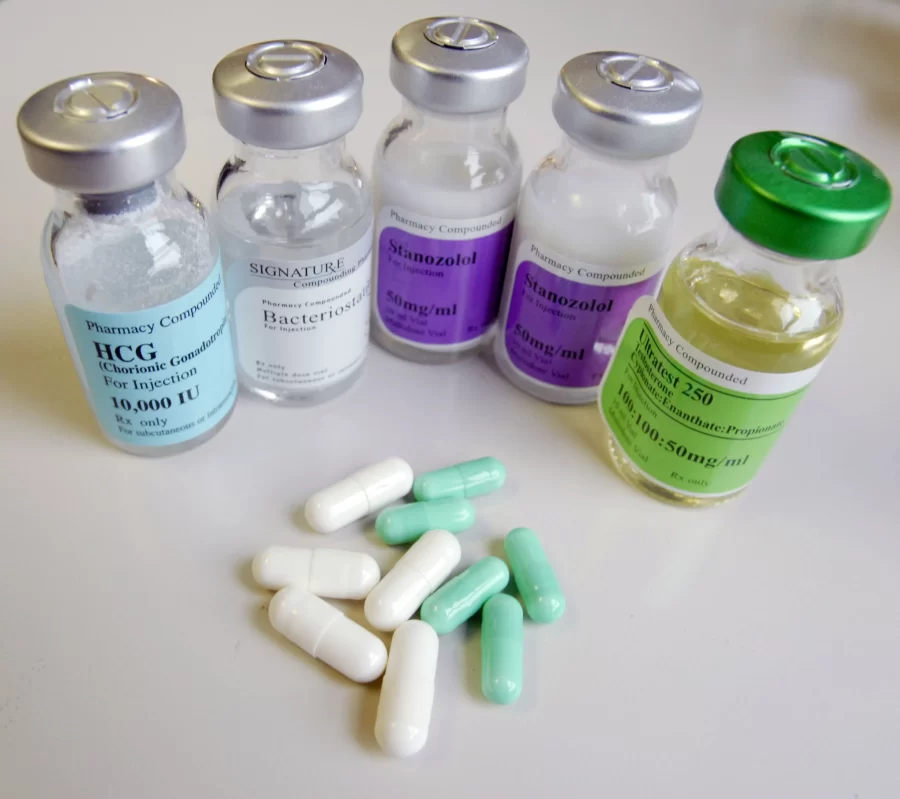Performance Enhancing Drug Use in Teenage Athletes
Merriam-Webster defines performance-enhancing drugs (PEDs) as substances–most commonly steroids or hormones–used illicitly to improve athletic performance. The use of PEDs in professional sports is banned mainly due to the unfair advantage it gives some competitors over others. When most people think of these drugs, they think of steroids, those man-made hormones that seem to transform the human body into an unnatural, grotesque, Hulk-like figure. But they’re really much more than that, especially when it comes to use in teenagers.
Not all PEDs are illegal. Not all PEDs are talked about in the alarmist tones used for steroids. There’s erythropoietin, which increases red blood cell count and amount of hemoglobin and therefore gives an athlete better endurance. There’s creatine, which increases muscle mass and provides a quick supply of energy. While these drugs don’t carry the same weight as say, anabolic steroids, they still deserve to be treated with caution. Many adults use them for the gym, and that’s considered fine, but their effects on teenagers are much more detrimental.
The idea that the human body can use man-made substances to alter or increase parts of us to perform notably better is an unsettling one. In a young body, one that’s still developing and maturing, even drugs considered legal should be avoided. According to Mayo Clinic, generally speaking, the side effects of most PEDs (legal substances included) are blood clotting, high blood pressure and cholesterol, irregular heartbeats, mood swings, etc. These drugs are altering normal bodily functions, so of course there are unintended repercussions. Tying this back to legal PEDs: creatine is an over-the-counter drug that’s rather widely available. Many people use it as a type of “pre-workout.” But, though legal, the hazards are notable. Creatine can cause nausea and kidney damage, especially when paired with painkillers. That alone should convince one to avoid them. But fear-mongering in a reach to encourage teens to stay away isn’t a given success.
Interest in PEDs from teens can stem from a variety of situations. They may want to gain muscle mass, increase endurance, or cope with body insecurities. It’s situational; everyone has their reason. Helping “fix” the problem is just as important as preventing it. As it is in most situations, it’s unrealistic to tell teens to “just say no.” Visible signs of PED use include behavioral changes and mood swings, extreme changes in body composition, weight gain, and increased acne. Being aware of this is essential. If you’re a coach or a parent or some other trusted adult, make sure to be clear of your expectations. Many teen athletes turn to PEDs because they feel if they don’t perform well enough or that they’re letting someone down. Excess pressure never helps.
There’s no reason this issue should be avoided. If help is needed, ask for it. It is always available. Talking to a counselor and seeing a doctor are the best ways to move towards progress. At the end of the day, performance-enhancing drugs are dangerous for anyone, especially teenage athletes. “Changing” yourself for a competitive edge or for a “better body” causes long-term consequences for hopefully short-term problems for which other solutions are available.

Mae D. is a current junior at GALA. This is her second year at The Echo, and though she was the Sports Editor last year, she is excited to be...





